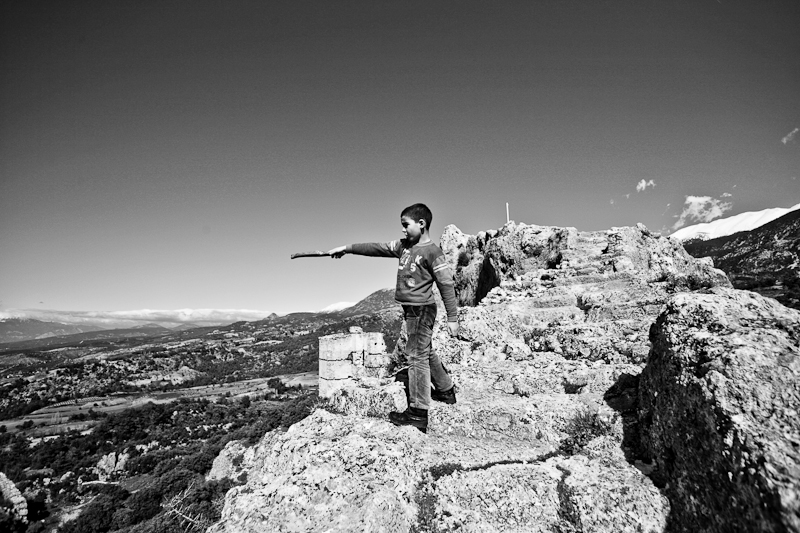
I hate when people ask me if I’m a photographer.
Sometimes it’s the gear that prompts this. They see the expensive looking camera, or maybe pick up my kit for a moment and are taken aback by how heavy it is. “Whoa! You must be a photographer.” Maybe it’s the final shots that have them whoa-ing, but the gear still takes centre-stage: “You’re camera takes great pictures!”
But no, the reason I hate when people ask me if I’m a photographer is because I’m not sure what to say. On the one hand, I most certainly am. I’ve shot weddings, portraiture, and used my photography as the foundation of several paid graphic design projects. I’ve been paid money to shoot. Simple. But on the other hand, I feel like I’m not really a photographer at all. To date, photography has only been a small part of what I do, and after more than ten years looking through a series of increasingly expensive lenses, I’m still not really doing the kind of photography that has always inspired me the most.
All of my favourite photographers are documentary photographers. The famous black and white street scenes of Henri Cartier-Bresson. The blisteringly visceral war photography of James Nachtwey. The artfully realized wedding work of Jeff Ascough.
Their subjects vary considerably, as well as their styles, but there is a thread of consistency among this type of work that transcends stylistic differences. Unlike fashion photography, most forms of portraiture, and pretty much anything done in a studio, quality documentary work is basically true, at least from the photographer’s point of view. They don’t have the luxury or inclination to ask their subjects to turn a bit to the left, or take a few steps back or find a more flattering angle. Their raw material is only what’s there at a given moment; the light as the camera can record it. Their medium is the world itself.
Every artist has the power to manipulate their audience, and documentary photographers are no different. But compared to a painter who can create whole worlds with the strokes of his brush, or a sculptor who can destroy with the driving bite of her chisel, the documentary photographer’s tool box is much more restricted. His only means of manipulating the final image is to choose what to include in or exclude from the frame; what to focus on, what sort of mood to imbue through lighting, composition, focal length. And while the simplest of these tools can still be very powerful means of manipulation, they do not carry the god-like creative potential of other mediums. Some might think this to be a limitation, but for me it has always been photography’s greatest strength. Art is about interpreting the world around us; recording what we see, sharing how we feel. Documentary photography does this in the most literal way possible. To me, this is the main attraction of the photographic medium, and the ideal I have always aspired to in my own style.
I certainly can’t claim to be a photographer on the same level as those mentioned above. More than anyone, I am aware of just how far my work falls short of where I’d like it to be, and this is why I struggle with the dreaded question. But I am a photographer, and although I am not where I want to be in terms of development or recognition, I am proud of how far I’ve come. One of my biggest goals during our travels is to challenge myself photographically, to think in terms of projects not just individual shots, and to push myself outside of my own comfort levels while behind the camera. Street photography is one way to do this, but it’s not the only way.
I am a photographer; one who is becoming surer and surer that this work is and will continue to be a large part of my professional life.















Leave a Reply